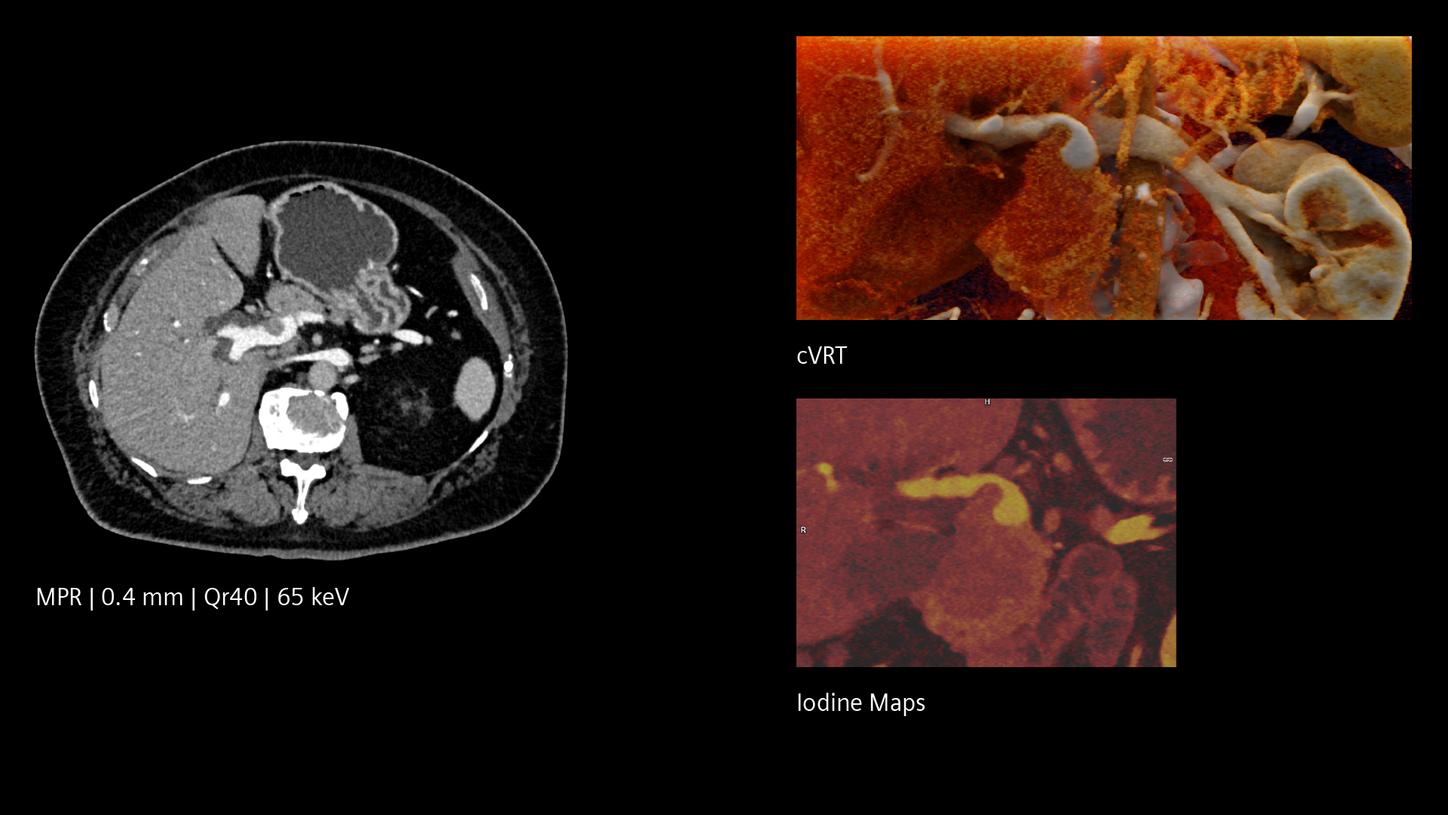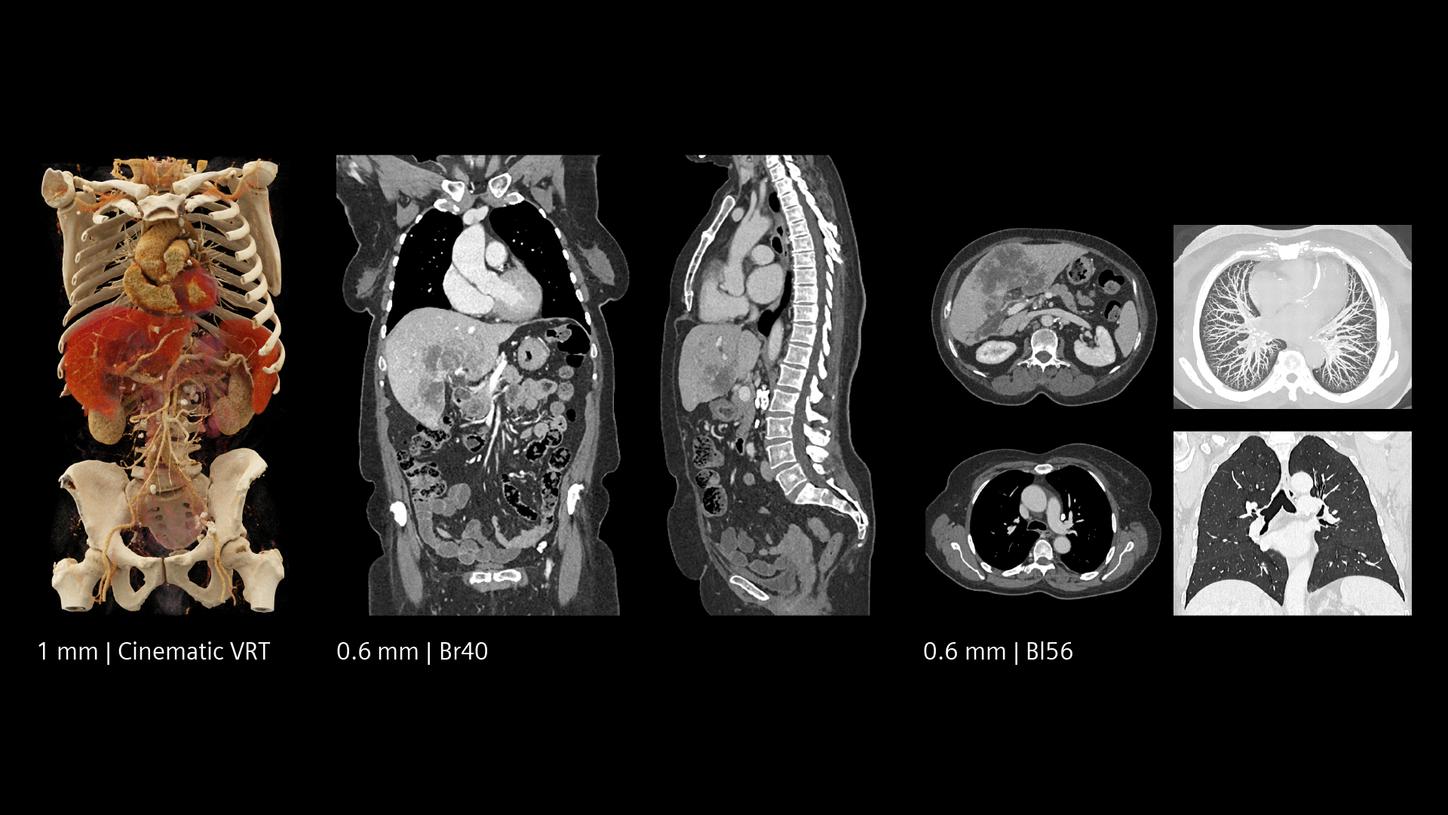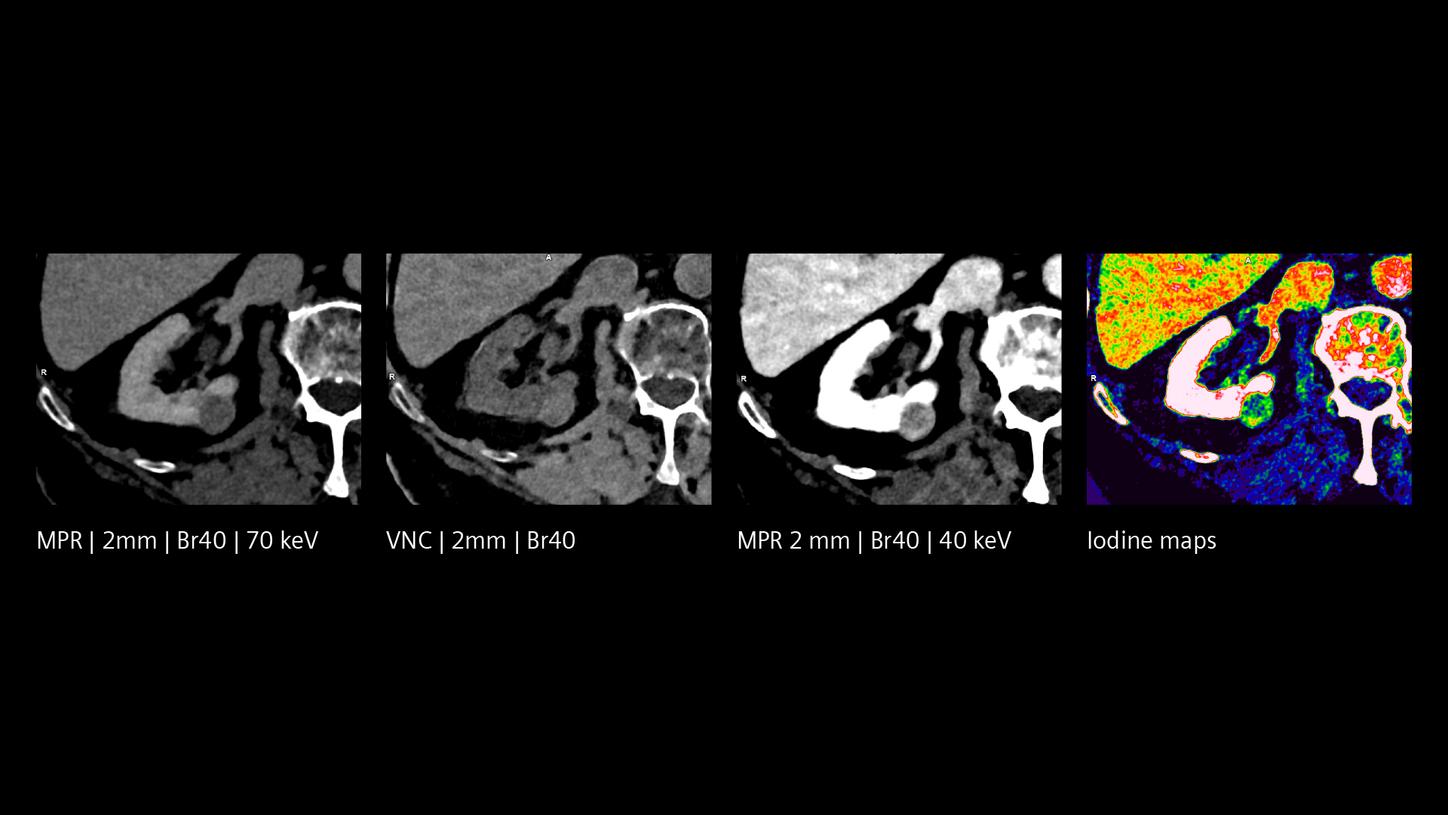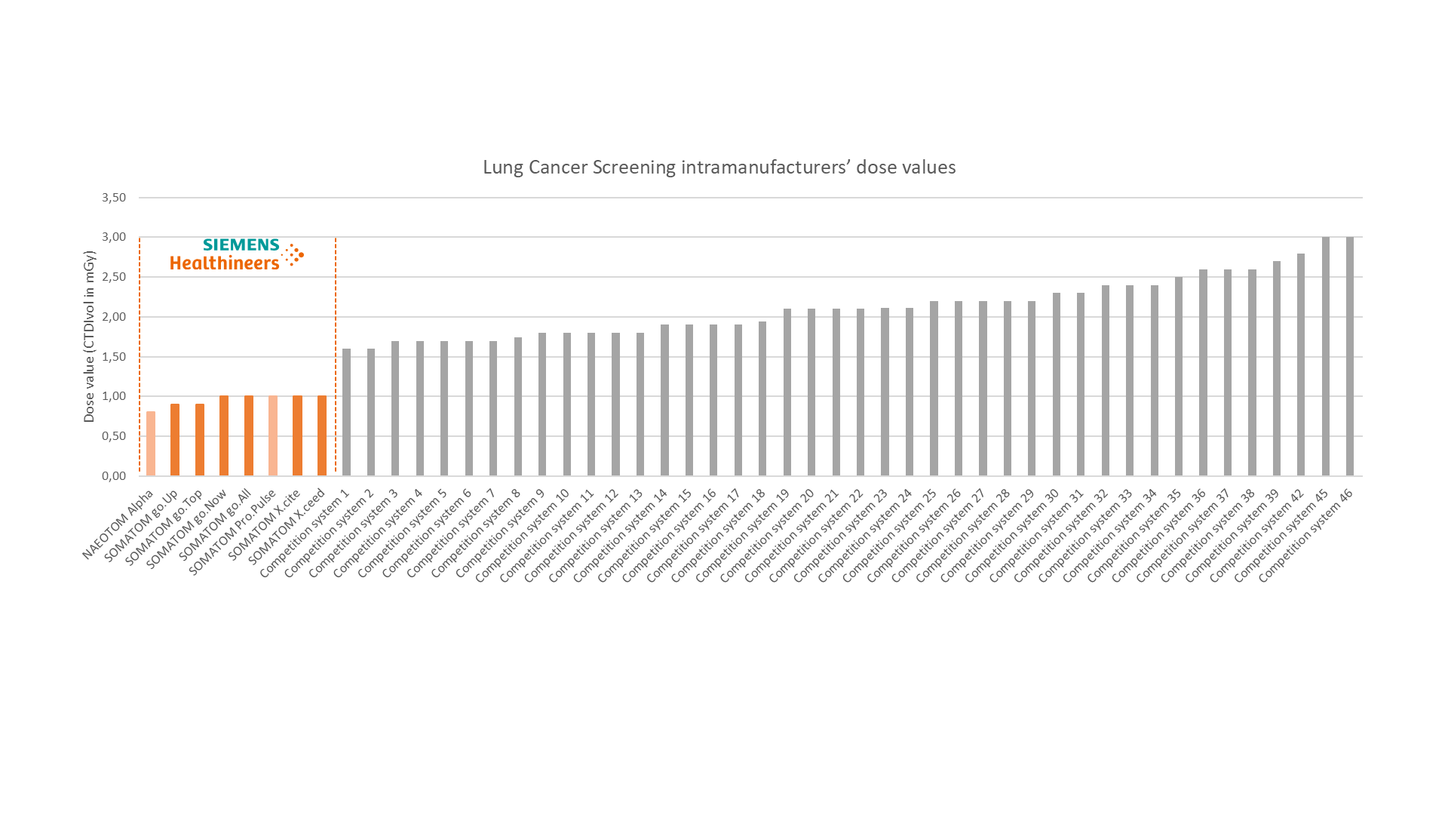Cancer incidence is on the rise: by 2030, there will be almost 20 million new cases per year.1 Thanks to its ability to provide ever more detailed and precise images, Computed Tomography is a key player in the comprehensive management of cancer patients – from initial diagnosis to treatment planning, monitoring, and follow-up.
You think ahead in advancing cancer care. We innovate ahead with technologies that support you throughout the entire patient pathway. Explore how it can help you provide state-of-the-art care to your oncology patients.
Computed Tomography for OncologyYou think ahead. We innovate ahead.
1
Data comes from the Global Cancer Observatory, owned by the World Health Organization/International Agency for Research on Cancer
(https://www.wcrf.org/dietandcancer/worldwide-cancer-data/).
(https://www.wcrf.org/dietandcancer/worldwide-cancer-data/).
2
Siemens Healthineers evaluation based on Clarivate: Interventional Oncology Devices Market Insights, 2021.
3
Becker LS et al. Fully Integrated Laser Guidance for CT-Based Punctures: A Study in Phantoms and Patients. J Vasc Interv Radiol. 2023 Jan; 34(1):130-138.
4
Beaton L et al. How rapid advances in imaging are defining the future of precision radiation oncology. Br J Cancer. 2019 Apr;120(8):779-790.
5
Werner R et al. Intelligent 4D CT Sequence Scanning (i4DCT). Best of Physics, ASTRO 2018, Med. Phys. 46 (8) June 2019.
6
Clinical evaluation of 50 CT datasets for 5 sites with each 10 cases. 2140 OAR evaluated. Manual contouring, allowed for slice interpolation and contouring aids.)
The products/features and/or service offerings (mentioned herein) are not commercially available in all countries. Their future availability cannot be guaranteed.
The statements by Siemens Healthineers’ customers described herein are based on results that were achieved in the customer's unique setting. Because there is no "typical" hospital or laboratory and many variables exist (e.g., hospital size, samples mix, case mix, level of IT and/or automation adoption) there can be no guarantee that other customers will achieve the same results.








